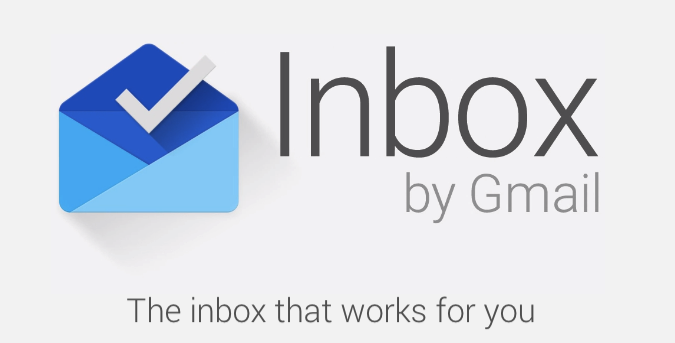Google prepares own replacement to Gmail, Inbox
photo courtesy of www.google.com/inbox
Google is currently working on a new program they call Inbox, which they aim will beat out Gmail in overall functionality.
November 27, 2014
In 2004, the rising search tool Google set out to bring webmail service to its potential customers. It would be supported by advertisement and be much faster than its ancient and plain HTML-based rivals like Yahoo Mail and Hotmail. Best of all, it would be free. In behavior that would easily be associated with a student at Jefferson, the founder Paul Buchheit, after months of delay, created Google’s first email- Gmail.
Now, in late 2014, Google is at it again to reinvent Gmail. After noticing that many people use Google’s webmail service for more than email itself such as a file storage system and a pseudo-calendar, Alex Gawley, Gmail’s product director, now aims to make the service more user-friendly for all of its customers’ needs.
Inbox is the solution Google came up with.
Right away, the difference from normal Gmail is stark. Gone are the boring lists of emails with the subject and the beginning of the body of an email. The space is now taken by well-thought-out previews of emails in a social network feed style. Emails are automatically categorized in several categories like Travel, Work and even those frequently talked to. Pictures replace long lines of texts and the instant messaging service Google Chat is moved to the right side.
Some Jefferson students already got their hands on the rare Inbox app. Senior Jacob Holtom is one of the lucky few.
“Inbox works great if you have an Android phone thanks to ‘Now’ integration and reorganization of e-mail into groups,” Holtom said.
Inbox utilizes Google’s data mining technology to personalize the “highlights” the viewer sees on the main page. For example, the confirmation email of a reservation at a restaurant would not show the text in the email; instead, it would list the reservation time and date. Similar with flights, confirmation emails would portray the arrival and departure times. This capability creates endless possibilities for future technology.
However, major changes are not easily acceptable by veteran Gmail users. “It’s pretty neat overall, but there is a pretty steep learning curve for it. For the most part, other email interfaces are pretty similar, but the way inbox groups things takes a while to fine-tune and even longer to get used to,” senior Wyatt Bahm said, expressing his concerns.
Currently an invitation-only app, Inbox is available for Android, iOS and modern web browsers. Its creators emphasized that Inbox is not a simple upgrade from Gmail; it is a total replacement for the popular email service. And for now, Inbox has enough for potential users to crave its full release date.
“I’m still not as comfortable with it as I was with the old Gmail page, but as I get more used to it, I think it’s definitely an improvement over normal Gmail,” Bahm said.






